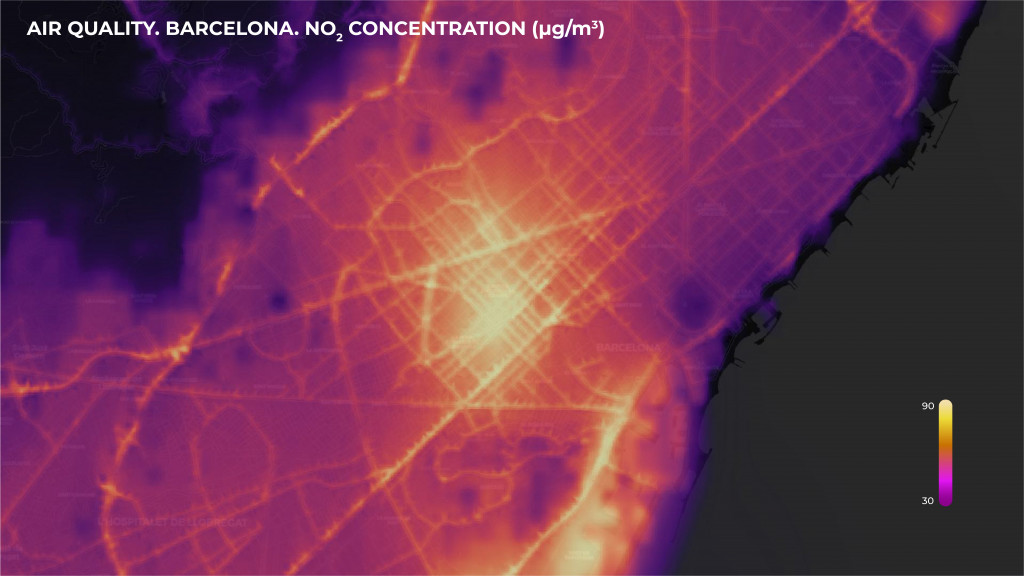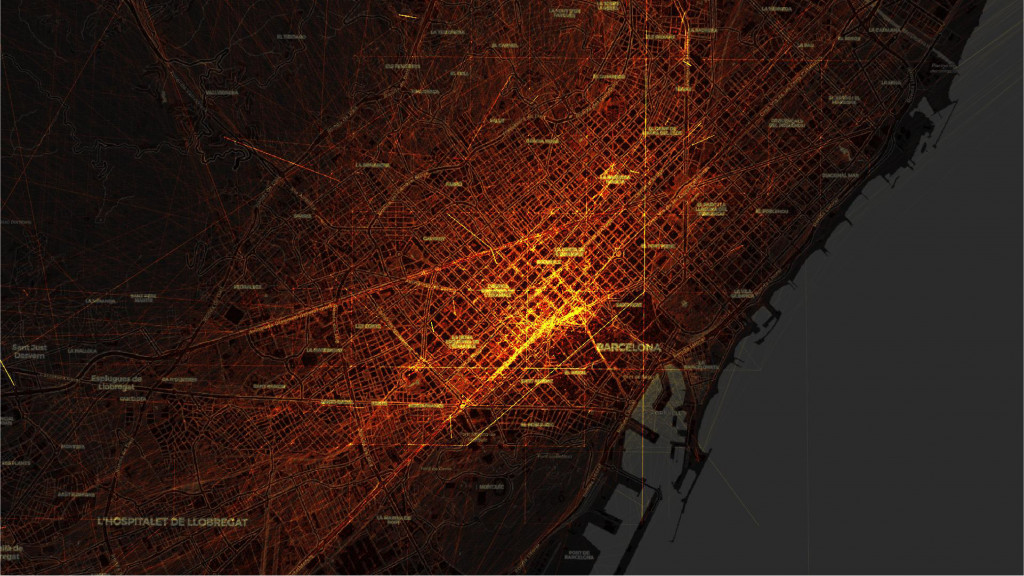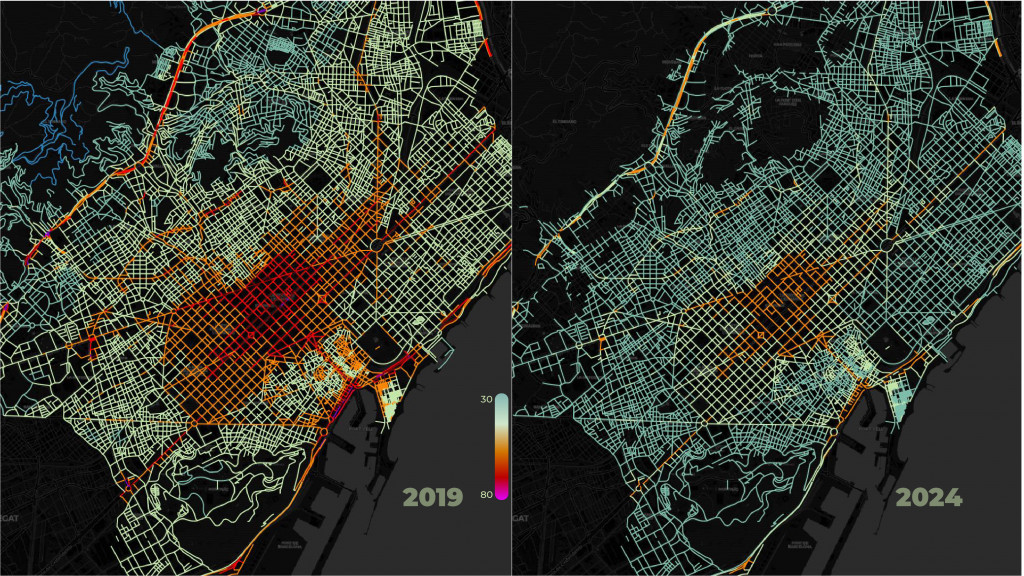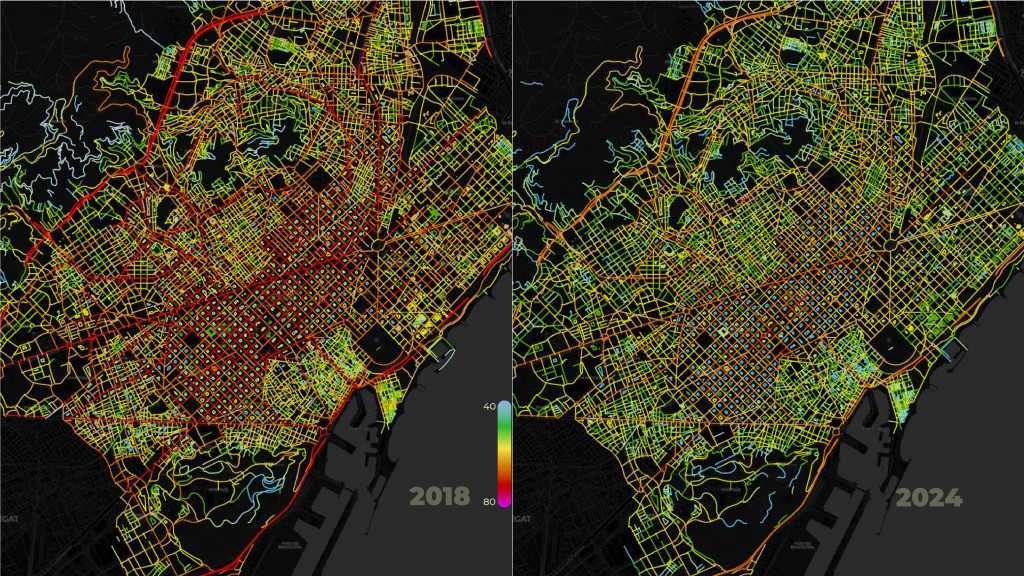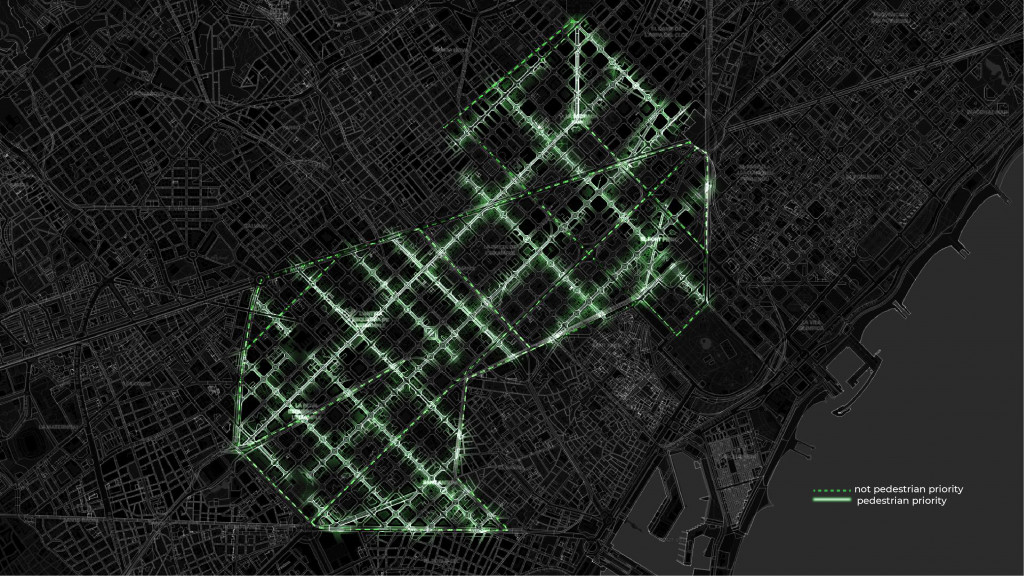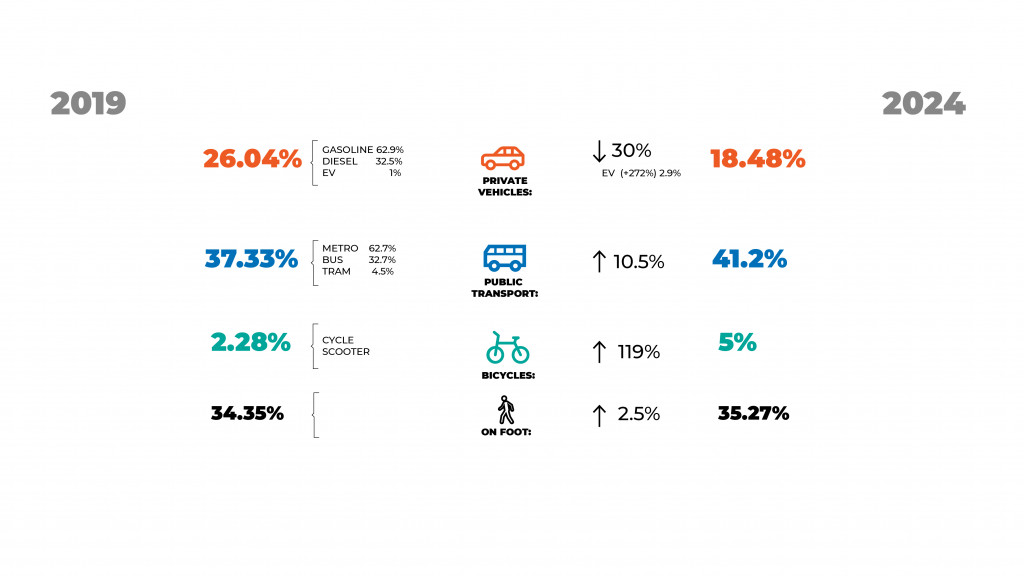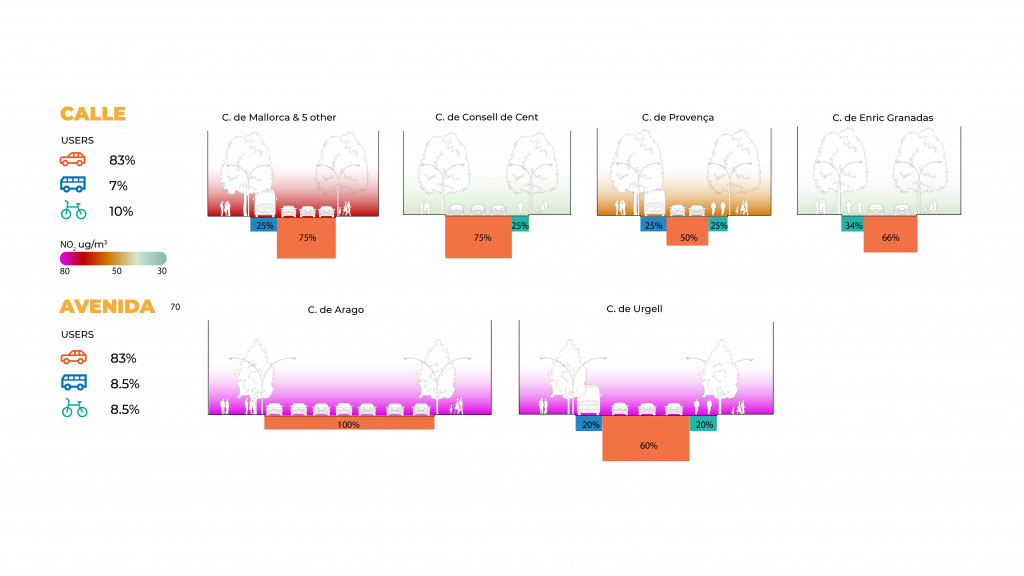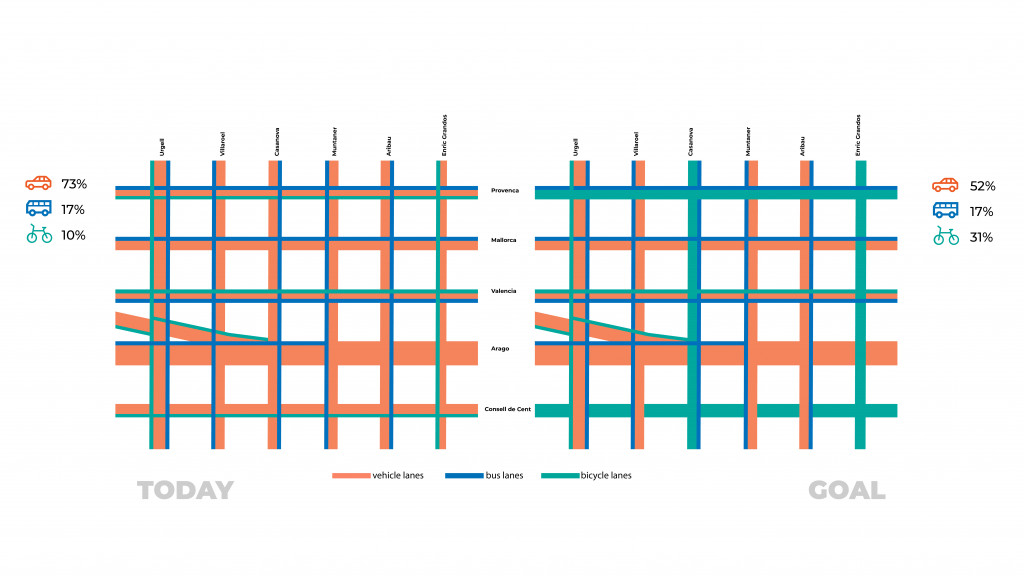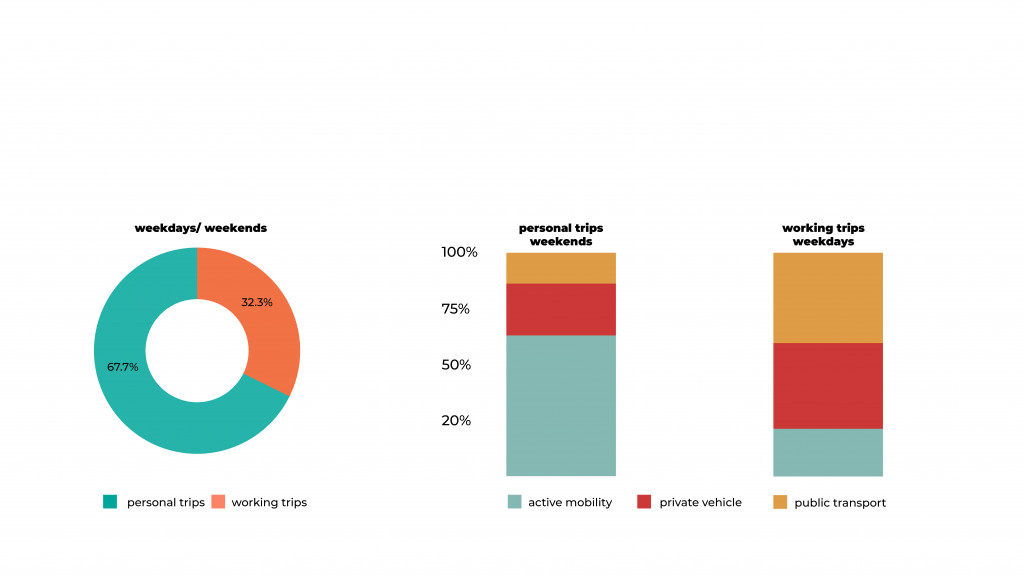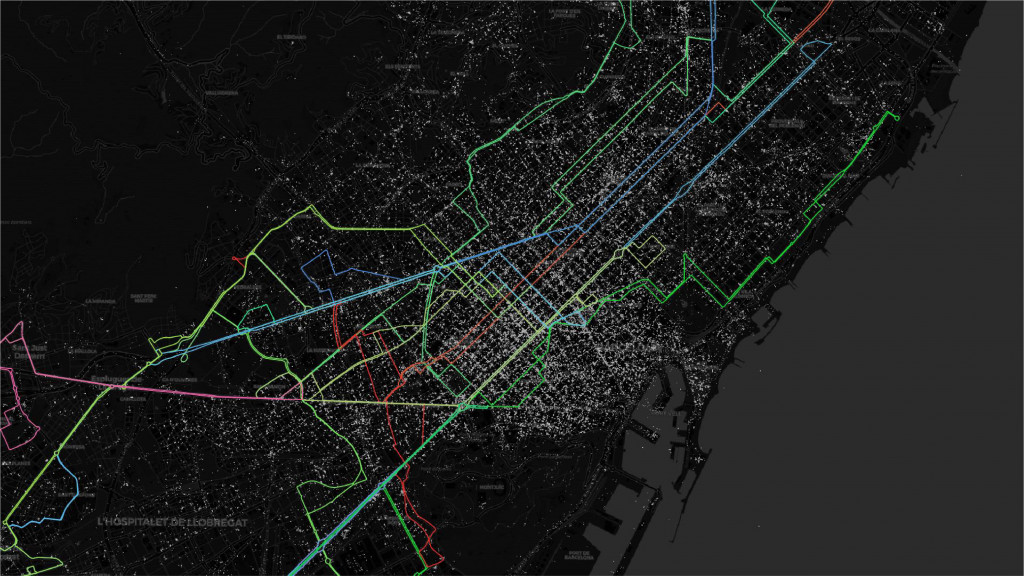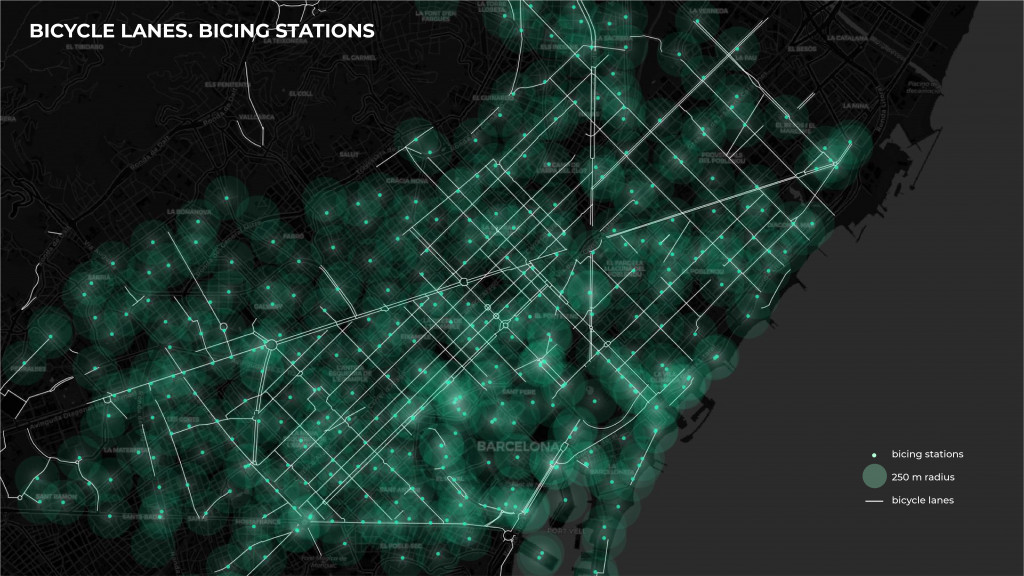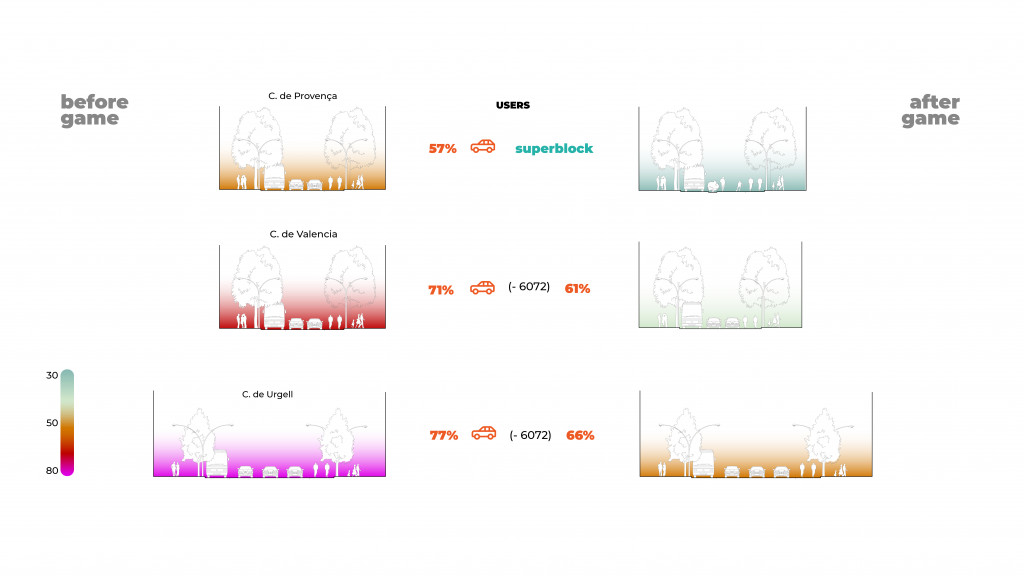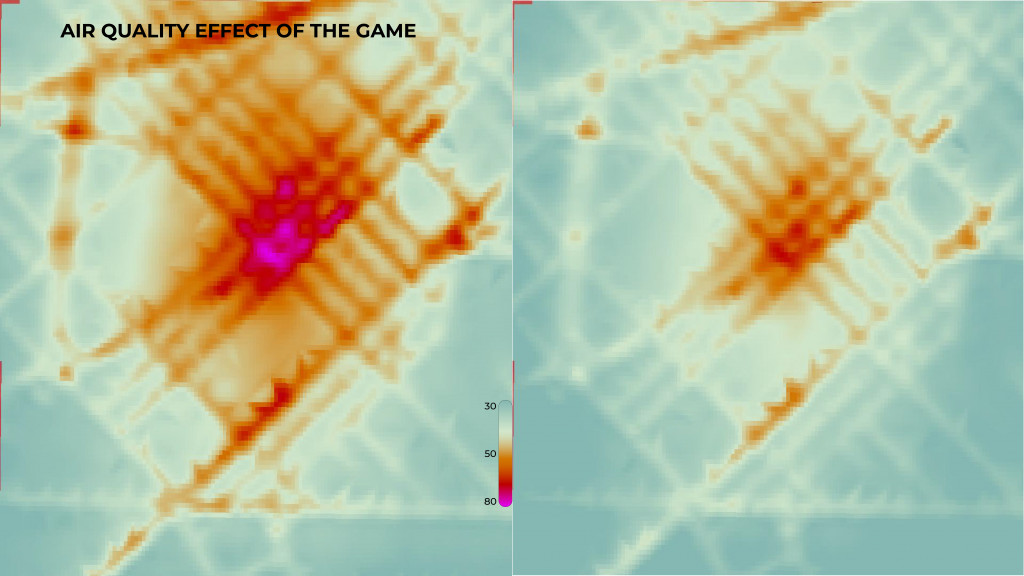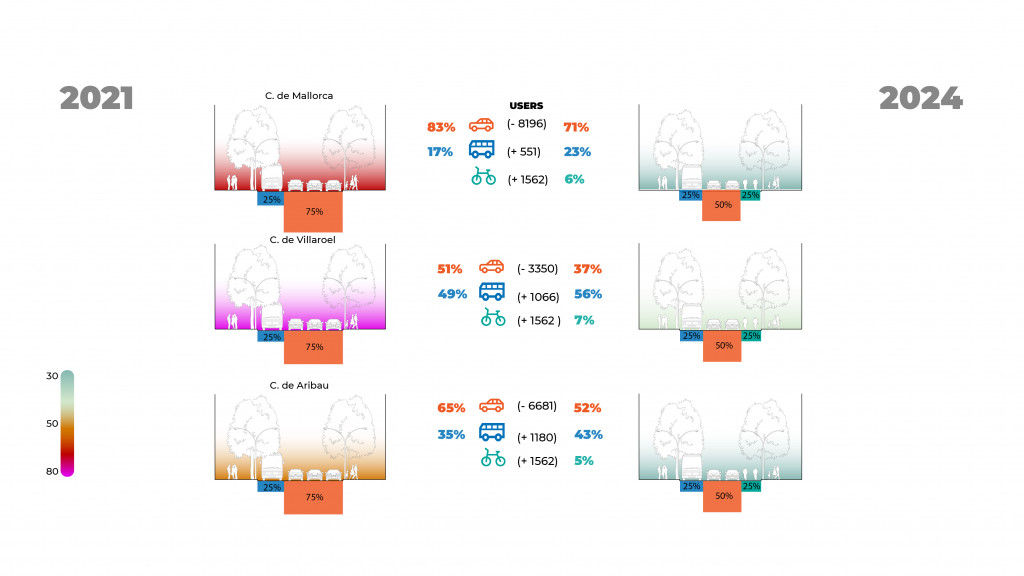That concerns everyone
Do you remember the moment when you first time in your life have actually smell the air? What it was? We don’t see it don’t feel it and that is why don’t usually think about it. However, the poor air quality issue is part and parcel of almost every big city around the world.
European environment Agency states that thousands of people prematurely die because of poor air quality and especially nitrogen dioxide concentration. As we all know the main source of nitrogen dioxide are road transport emissions. And the largest proportion of that transport are private passenger vehicles.
Today, the quarter of population in Barcelona generates 70% of congestions. Imagine what would happen if no one use their car anymore? We have to understand that our health is our own responsibility and change our behavior. But is it that easy?
AW|AIR aims to tackle urban air quality issue through activating citizen participation by enhancing public awareness and changing citizen’s behavior through gamification.
Historical precedents. Citizen participation
In order to understand where demand of citizen’ participation comes from we have to go back in our history. We observed how during the 20th century architects and authorities exploited top-down approach and how it failed in designing and managing our cities. For example, urban projects of Robert Moses finally faced public criticism and failed in confrontations with ideas of new urbanism. Thanks for public participation today New York does not look like a highway. That time we did not have enough technological capacity to provide ubiquitous citizen participation. However today we do. And here is paradox! People don’t want to participate anymore!
What is happening now?
For instance, the main Barcelona participation platform achieved only 2.5% of the whole population during the 3 years of operation. People don’t understand the purpose of participation, they don’t see the effect and hence don’t waste their time. In order to attract people, we tried many things, we even paid people for participation and covered their expenses. At the same time EU spends million euros every year on raising awareness campaigns in different spheres. Sometimes we succeed in our efforts. let’s take a look at some examples.
Learning from best practices
Vienna proposes its citizens to transform parking places into public spaces. So, people see the effect of their participation in a short time period. They directly benefit from their efforts. And as a result, they participate more actively. SuperBarrio application invites citizens to create desirable public space. Its’ gamification method engages people of different ages and data collected from users’ decisions in the game informs future development of the space. Taking all these into consideration, my hypothesis is that: facilitating active citizen participation by raising public awareness and engaging a change in behavior through gamification can become a responsive mechanism to address urban air quality issue. Let’s take a look at Barcelona case.
Eixample. Site
The most contaminated area in Barcelona is Eixample district. Its average NO2 concentration is above recommended by WHO 40 g/m3.
That happens because of most of the movements pass through Eixample as it is the center of the city. We can see how air quality directly depends on number of vehicles on the street. The main streets such as Arago and Gran Via that’s capacity more than 50 thousand of vehicles per day are the most contaminated.
To tackle the problem Ajuntament de Barcelona established Urban mobility plan and here are some goals that have to be achieved before 2024. Concentration of NO2 has to be less than recommended maximum and don’t raise above 40 g/m3.
At the same time, noise level also has to be reduced.
Those goals can be achieved by creating new SuperBarrio in Eixample that establishes greed corridors and prioritizes pedestrians on some streets by completely closing them for private vehicles.
However, if we immediately close some streets what will happen with vehicle flow? They just move from one street to adjacent with the same direction. So, by trying to improve situation on one street we adversely impact others. We just redistribute traffic. To avoid it we have to provide some conditions for people to get rid of their cars and change the mode of transportation.
According to Urban Mobility plan private vehicles users ought to be decreased by 30% and bicycle users increase two times. To meet the demand of the plan and make people change their behavior we have to revise not only public transport system but also our spatial organization of our streets.
Streets were classified in 3 different types according to spatial parameters, noise and contamination levels. The most polluted central site is represented with 2 of them. Contamination level of those streets varies depending on number of lanes dedicated to different types of users: bicycles, private vehicles and public transport. In this way, spatial occupation also becomes a mechanism that can be used to manage air quality.
According to Urban mobility plan and future SuperBlock we have to release 20% of lanes devoted to cars and give them to other users that will be increased in number by 2024.
But in order to understand how to motivate people change mode of transportation we firstly analyze existing mobility trends. The major purpose of using cars is working trips during weekdays. So, we will focus on decreasing that number by promoting public transport usage.
If we return to GPS tracks we will see the concentration of locations on the external south to north roads. There is commuting from Barcelona suburbs. To minimize usage of vehicles by those who commute we have to facilitate horizontal bus routes that connect south and north of the city.
Bicing is a public cycling service in Barcelona and its stations are distributed around the city within 250 m accessibility. However not all cycling lanes are continuing and that among others one of the reasons that stops people from using bicycle. The most popular barriers the absence of Bicing stations in specific destinations, however, as we already talked, 250 m radius of accessibility covers almost whole Barcelona.
So first of all, we will focus on eliminating risk of accidents and children transportation problem. So, to summarize: our objectives are: Promoting public transport usage for working trips, providing safety and attracting diverse age groups to bicycle and activating SuperBlock as it is an intermediate step in UMP. Let’s move on to the gamification proposal.
AW|AIR
The game consists of setup and rounds. Participants of the game are responsible for different steps and represent top-down and bottom-up approaches. In order to activate SuperBlock, we need 8 rounds (as it is the number of streets we have to transform). Duration of each round depends on how fast participants achieve established objectives. During The setup government calculate existing number of cars and bicycles in Eixample and number of trips made on H routes. In order to provide safety and motivate bicycle usage we pacify streets with existing bike lanes and give 1 free week to attract new Bicing service users.
Individual benefits for bus users motivate them to return to bus every new week with providing free ride for different types of cards. Bicycle users will receive longer free usage on weekends if complete week with at least 6 rides. intermediate checkpoint aims to encourage participants and don’t lose motivation. Closed Sundays will allow people who never used bicycle before try it on road free of vehicles. The goal of every round is to achieve specific number of trips and rides for buses and bikes respectively. That number is based on UMP goals of redistribution the ratio of transportation modes. When that numbers are achieved participants receive group benefit and new bicycle lane appears on future superblock street. Bus users get discount for new monthly card. The more people play – less become the price of the card.
The second round starts from opening new possibilities. In order to encourage and attract new age group we arrange Bicibus system for local schools. Three main roads of Eixample with bicycle lanes provide children escort to school. Children are gathered together and following to the schools under supervision. That measure will exempt parents from necessity to carry their children to school and they get rid of their cars. With new round we extend 30 km/h speed limit for new streets with bicycle lanes.
Every new round opens new incentives that motivate people to keep playing. Goals, gratifications and benefits stay the same. Game ends when the all-future SuperBlock streets have bicycle lanes and their speed limit is 30km/h. At the end of the game all participants that followed rules get discount for subscriptions and transport cards.
The ideal time limits for every round are 1 month, so the Eixample can be transformed to SuperBlock in 8 months. However, it can be extended as long as participants achieve the group goal.
After end of the game number of bicycle rides will increase by 2280 and bus trips by 3792. The effect of eliminating 6000 cars from the street leads to significant reduction of NO2 concentration on one specific street.
However, for the whole site it is not enough. So, we still have to continue playing to meet the 2024 goal.
The new goal is to extend bicycle network for the whole city and transform spatial organization of the streets. The space occupancy effect will release car lanes in favor of other mode of transportation and provide advantages for behavioral changes as the private vehicle loses its space it is not the fastest alternative anymore.
In order to amplify the effect of the game we can apply it to other areas of the city. Encourage people to change old diesel vehicles to electric by prioritizing them. Another alternative to promote buses is making them free of charge as it is already done is many cities in France such as Dunkirk. Another useful practice that already exists in Barcelona is proposing free public transport passes for those who get rid of their cars. The game has simple system. Its types of users, gratifications and goals can vary, but the base is always the same. The game is applicable for dense and populated cities. Such as Madrid for example. Madrid also has its urban mobility plan established for 2025. City center wants to become free of private vehicles and prioritizes pedestrians. The goal here is gradual spatial occupation.
So, as far as I am concerned, gamification method can facilitate transformation processes in the cities, engage citizens, raise their awareness on issue and finally give us possibility to breathe easier. Be AW|AIR!
AW|AIR is a project of IAAC, Institute for Advanced Architecture of Catalonia
developed at Master in City and Technology,
Advanced Urban Design Thesis Studio in 2021 by:
Students: Linara Salikhova
Faculty: Areti Markopoulou, Mathilde Marengo, Iacopo Neri
